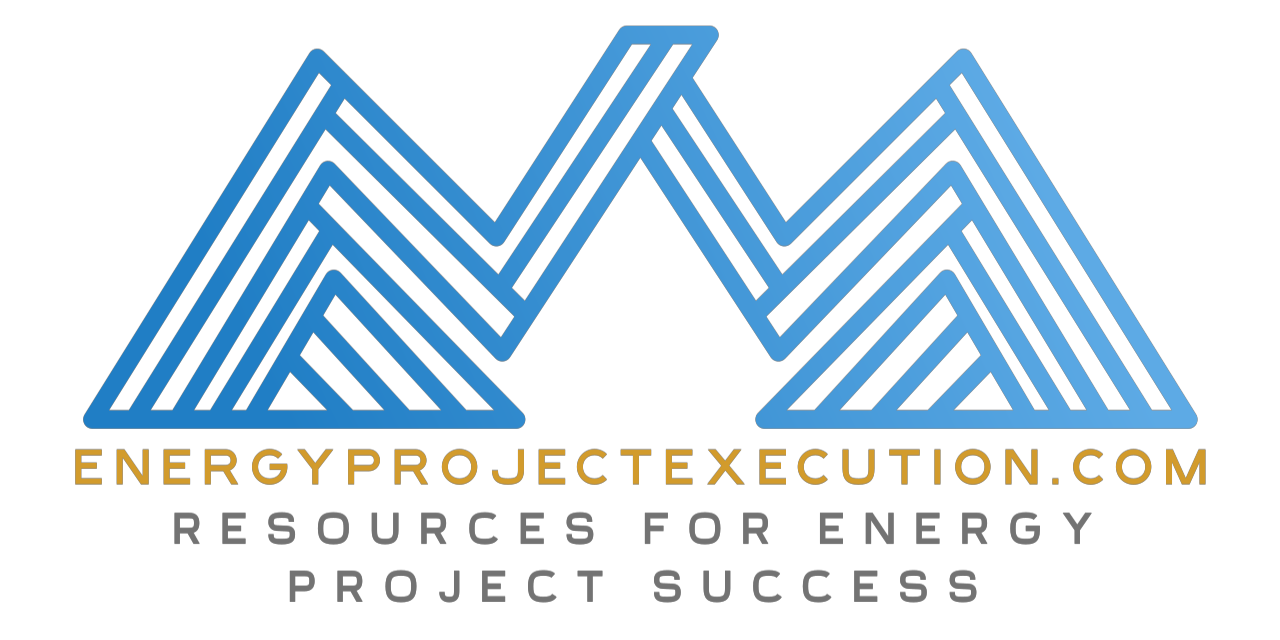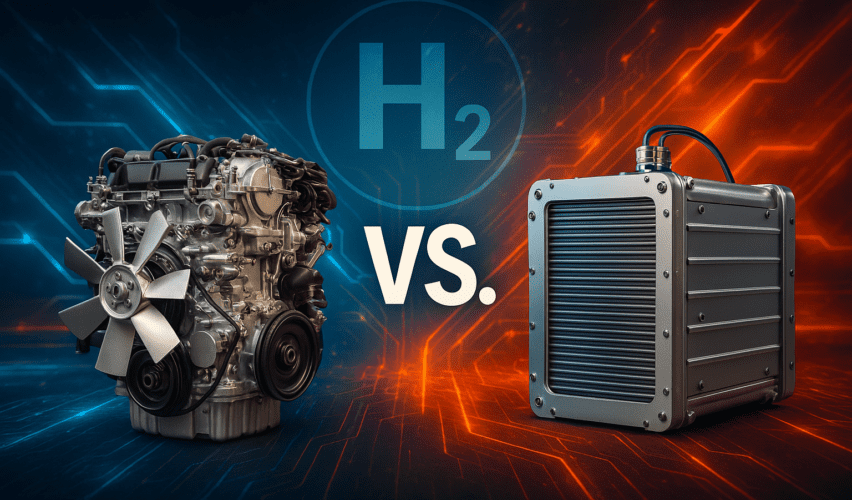The Role of Battery Energy Storage Systems in Grid Reliability and Renewable Integration
Battery Energy Storage Systems (BESS) are emerging as a foundational technology for modernizing the electric grid, offering fast, flexible, and scalable solutions to support renewable integration and ensure grid reliability. As costs decline and policy support grows, BESS is poised to play a central role in enabling a clean, resilient, and future-ready energy system.
Hydrogen Combustion Engines vs. Hydrogen Fuel Cells
Hydrogen combustion engines and hydrogen fuel cells represent two promising pathways for leveraging hydrogen as a clean energy source, each suited to different use cases based on infrastructure, cost, emissions, and efficiency. This comparison explores their technologies, pros and cons, market trends, and key considerations for deployment in industrial, transportation, and energy sectors
10 Early Warning Signs of Project Execution Failure
The 10 Early Warning Signs of Project Execution Failure reveal patterns like vague scope, unrealistic timelines, and field disconnects that often precede major setbacks. Spotting these signs early gives project teams a strategic advantage to act decisively and protect performance across cost, schedule, and quality.
Building a Smarter Grid: Overcoming Barriers to Renewable Energy Integration
Integrating renewable energy into existing electrical infrastructure requires innovative technologies like AI-driven grid management, hydrogen energy storage, and quantum computing to enhance stability, efficiency, and resilience. This article explores key challenges, emerging solutions, and market mechanisms driving the transition toward a smarter, more sustainable electrical grid.
The Future of Energy Project Execution: AI and Machine Learning in Action
AI and machine learning are transforming energy project execution by enhancing decision-making, optimizing scheduling, improving risk management, and streamlining procurement. By integrating predictive analytics, automation, and emerging technologies like digital twins and blockchain, AI is enabling cost-effective, efficient, and safer project execution, making it a critical tool for the industry’s future.
Energy Storage Solutions: Bridging the Gap Between Supply and Demand
Energy storage solutions are essential for integrating renewable energy sources like wind and solar by mitigating intermittency, enhancing grid reliability, and optimizing energy efficiency. As technology advances and costs decline, energy storage is becoming a key driver in the global transition toward a more resilient and sustainable energy system.
The Energy Transition: Challenges and Realities of a Balanced Energy Future
The global energy transition presents both opportunities and challenges, requiring a balanced approach that leverages the strengths of renewables like wind and solar while also improving the efficiency and sustainability of hydrocarbons. Rather than relying solely on any one energy source, the most practical path forward is integrating diverse solutions to ensure reliability, affordability, and long-term environmental benefits.
Predictive Estimating: How It’s Transforming Cost and Schedule Forecasting
Predictive estimating is transforming cost and schedule forecasting by integrating AI, machine learning, big data analytics, and probabilistic modeling to enhance accuracy and risk assessment. Unlike traditional methods that rely on static historical data and expert judgment, predictive estimating leverages real-time inputs to create dynamic, adaptive estimates, improving decision-making and project execution.
The 10 Biggest Pitfalls in Energy Project Estimating: And How to Avoid Them
Effective energy project estimating requires a proactive, data-driven approach to avoid common pitfalls like scope misalignment, overlooked risks, and inaccurate cost assumptions. By integrating progressive estimating methods, risk management strategies, and historical data, project teams can improve cost predictability, reduce uncertainty, and drive successful execution.









